Hello and welcome to another edition of my weekly rock book column. These posts are usually reserved for my paid subscribers but I am making this one public to get the word out about a brand new book out this week. Get a paid subscription (at 50% off!) to receive all future posts in your inbox:
The word “emo” has the power to make me cringe so hard that my joints crack. Even typing those three letters just then, I was a bit disgusted with myself. It wasn’t always like this, but years of Emo Nites and emo nostalgia festivals and “elder emo” “humor” TikTokers have conditioned me to treat the word like a threat to my sanity. I would rather get sucked into the vortex of a tornado than debate what is or isn’t Real Emo, or try to break down the etymology of the word. So when I got sent a copy of Amy Fleisher Madden’s new photo book, Negatives: A Photographic Archive of Emo (1996-2006), my spikes immediately went up.
I cracked Negatives open and randomly flipped to the pages on Hot Water Music and was greeted by a bloody photo of Chuck Ragan that used to hang on a poster on my bedroom wall as a teenager, and then some gorgeous black and white shots of Jets to Brazil, and the Promise Ring, and Texas Is the Reason. By the time I got to the pages on Planes Mistaken for Stars, featuring a shot of the late great Gared O’Donnell by Nathaniel Shannon, I was convinced: This book was made by a person who has a sincere appreciation for this stuff. It is not rooted in any cheap scene cosplay or surface-level nostalgia. It is the product of a genuine love for a misunderstood genre from someone who lived through it as a documentarian and participant.
So I had a long and fun chat with Amy about getting this massive book sold to a major publisher, compiling hundreds of photos from dozens of photographers, the divisive nature of the E word, and why the Weakerthans didn’t make the cut.
You can listen to our conversation above or on all the streaming services like Spotify, Apple, etc. I also condensed and tidied up some of it into a brief Q&A that you can read below, in case you’re stuck in a work meeting or something and can’t listen to an hour-long podcast about emo books. Also, apologies if Amy’s audio sounds a little wonky. You’ll be happy to learn that I shamed her into ordering a proper microphone immediately after this interview was conducted.
Negatives is out this week from Chronicle Books and is well worth the asking price. Order a couple of copies now, put them in your closet and forget about them, and then boom, you have saved Future You the trouble of scrambling to find last-minute holiday gifts.
Amy is also throwing two author events soon, one on October 27 at Books Are Magic in New York with Chris Carrabba (who also wrote the book’s foreword) and one on November 15 at XIX Studios in Los Angeles. Maybe I’ll see you there.
How did you end up getting a huge—I mean, physically huge—book like this through the gates of publishing? How did you get it sold?
Amy Fleisher Madden: It was a weird series of events that shouldn’t have worked out and then did. It started as a documentary idea, I’d come across thousands and thousands of negatives at my friend RJ Shaughnessy’s house. And I was like, “I think this is a documentary. This could be really cool.” And I started moving in that direction, and then the pandemic happened. I have this problem where I have ridiculously high art quality standards. A couple people on my small team were like, “We can do this on Zoom, we will package a microphone and recording equipment and you guys can do interviews on Zoom.” And my heart just broke, because it wouldn’t be beautiful. This had to be gorgeous because of all of the inherent problems with the genre. I didn't want to put out a half-baked thing.
I remember texting my agent and I was like, “Hey man, I’m gonna take a break on this. I think it's just a really weird time.” And he was super supportive. Then a week later I was like, “I think I’m just gonna do this as a book. Give me two weeks and let me put something together.” So my agent reached out to two literary agents that he knew in New York, and he was like, “They love music. They love projects like this.” They saw this deck that I made and they loved it. They were like, “We know exactly who to bring this to at Chronicle. She's one of us.” I've had so many projects that just never make it out the door, so when this came together, it was nuts. It was like, “Oh my god, this is really happening.”
The book is divided into two sections, second and third waves of emo. How did you come up with that format?
I understand that there are fans that, if you put Mineral next to My Chemical Romance, they’ll be bummed out. And that’s just not how I feel. But I know that generationally, there are people that only vibe with certain waves. And it goes in the other direction, too. There are the My Chemical Romance people that don’t give a fuck about No Knife. So it became clear to me to chop it up. At first, I was like, “Is it two books within the same cardboard case so that they're not even in the same book?” And I was lovingly informed that that’s too expensive.
Yes, “cost prohibitive,” as publishers like to say.
So I started doing, like, serial-killer-hunting-type stuff on my walls. I would hang up bands and then their albums and then their times active and inactive, and I even did it geographically, too, to see if that was a way in. But it actually became pretty clear which bands belonged in which waves except for a few.
Can you tell me what the process was like to compile all these photos and license them from the photographers?
I feel like each stage of the book was like getting thrown in the deep end. It was like, “OK, I’m collecting photos. This is hard. Now I’m writing about the photos. This is hard. Now I’m selecting the final selects. This is hard.” And then it was time to get it put together and buttoned up legally, and I hit every problem you can imagine.
I hit the saddest problem in the world. One of the photographers passed away in the span of time after he said, “Yes, you can have my photos.” He passed away unexpectedly in the middle of the night. So I had like ten photos from this wonderful man named Peter Ellenby, and I didn't know what to do. I felt awful about even trying to contact his family because they were grieving, they were dealing with real life things. They don’t want someone they don’t know being like, “Hey, your husband/father said I could have these and I didn’t have it signed off on legally yet, and I’m really sorry that you’re grieving but can you help me?” I put it off for so long because I was just terrified of doing it. But it turned out wonderfully and his family was amazing and supportive. They were like, “We want to do whatever he wanted to do, so we’re in.” And they signed off on things for him. That was such a wild moment.
So that’s on the sad and beautiful side of photo acquisition. And then I have the other side where people initially said yes, and then the scope of the project changed from “I think I’m self-publishing” to “now I have a major publisher.” And people were like, “No, I don’t want to do that” or “Yes, I want to do that but you need to pay me tons of money.” It just got really complicated and really emotional really quickly.
Some bands don’t like being called emo. Did anyone cringe or shy away from it when you pitched them on the idea on a photographic archive of emo? Did that word put anybody off?
I was expecting it. I was almost flinching, waiting for someone to punch me. Because in my life, it’s either a bad word or something that you don’t even know exists. Now, I’m having this experience where I’m so confused, because to some people it’s cool. Like, teenagers who are my friends’ kids know what it is. But I wrestled with putting the word emo on the cover for months. I was like, “Should it be indie? Should it be underground? Should it be something else?”
I spent some time living in New York around 2008, and that was when the Emo Nites started happening. And I had to really stand back and look at them and be like, “This is kind of like an 80s night to some people.” And I hate that this is so cheesy now, but it’s sort of calmed the word down. It gave it this new meaning. Like, we just say emo and it’s no big deal. So yeah, I think I’m on my own personal emo discovery.
Have you heard from anyone who was upset that they were omitted from the book?
It’s interesting, because I would have to make these rule lists. Like, number one rule was: the band was important. Under that was that they were influential and their albums swayed further albums down the road. There were bands that I wanted to include, but I couldn’t, because they pushed the needle too far in the other direction. Like, I really wanted to include Refused, which for me is definitely post-hardcore, but they influenced so much—every emo kid haircut and fashion and video production. But they just didn't fit when I put it on the page. You looked at it and it was like: “That’s a hardcore band.” But then it was strange because I would sit with bands like American Nightmare and I was like, “I’m gonna fight for this one and I’m putting it in.”
I'm not gonna call balls and strikes with you on the inclusions because that’s very annoying, but there is one band who was not included in the book that I would like to discuss with you. I wanted to know if you had considered the Weakerthans.
Oh, I love the Weakerthans so much! Left and Leaving is one of my all-time favorite records. When I sat down, they were one of the few bands I didn’t have photos of. And when I sat down and took a really hard look at them, I was like: “They’re indie.” There’s something about them that’s indie and I don’t know if it’s because they’re Canadian—
Well, not to hold you to the fire but I think there’s a lot of Canadian erasure here! There’s no Weakerthans, there’s no Moneen, there’s no Grade.
I love Grade. Grade was on the first list for Separate the Magnets, but there were no great photos. Like, not even a bad digital one that I could make work in a series. And Moneen, by no means do I have anything personal with Moneen, even though I’m not personally a fan. I had to look at page count and the photos weren’t quite there and it didn’t feel like it fit. But then there were other decisions, like Silverstein. I was not very versed with Silverstein’s repertoire before the book, but it was like, Oh my gosh, this is massive! Like, this band is huge and Canadian and I need to dig in. But I did have to cut a little bit.
I do want to get back to the Weakerthans because you said you think that they were indie, and I think that’s interesting. To me, it would not seem out of place if they were in this book. However, I always thought of them as their own thing, though they are influential in the emo world. I think you could look at a band like Modern Baseball and trace that back to the Weakerthans. Just guys writing sincerely, like it’s poetry to music.
I think the Weakerthans were in the first and second draft. I felt the same way with Weezer—not to dwell on W bands. My whole life, I’m like, “Weezer is emo. Like, duh.” And then when I spent a week becoming a professor on Weezer, at the end of the week, I was like, “Nope, they’re an indie rock band.” It got hard because I feel like some bands have emo albums or moments or songs, and then they go off into another world. Like, Pinkerton belongs on top ten emo lists, for sure. But Weezer as a whole… like, I looked at a photo of Weezer and it was like, “You’re not an emo band. You’re just not. I love you, but you’re not.”
Follow me on the internet. Instagram | Threads | Bluesky | Twitter | Website
Get my book SELLOUT at Bookshop, Barnes & Noble, or Amazon.


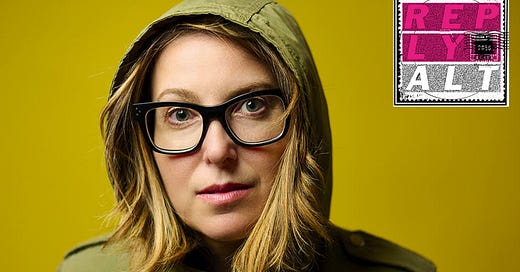
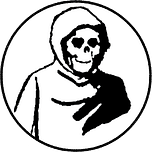

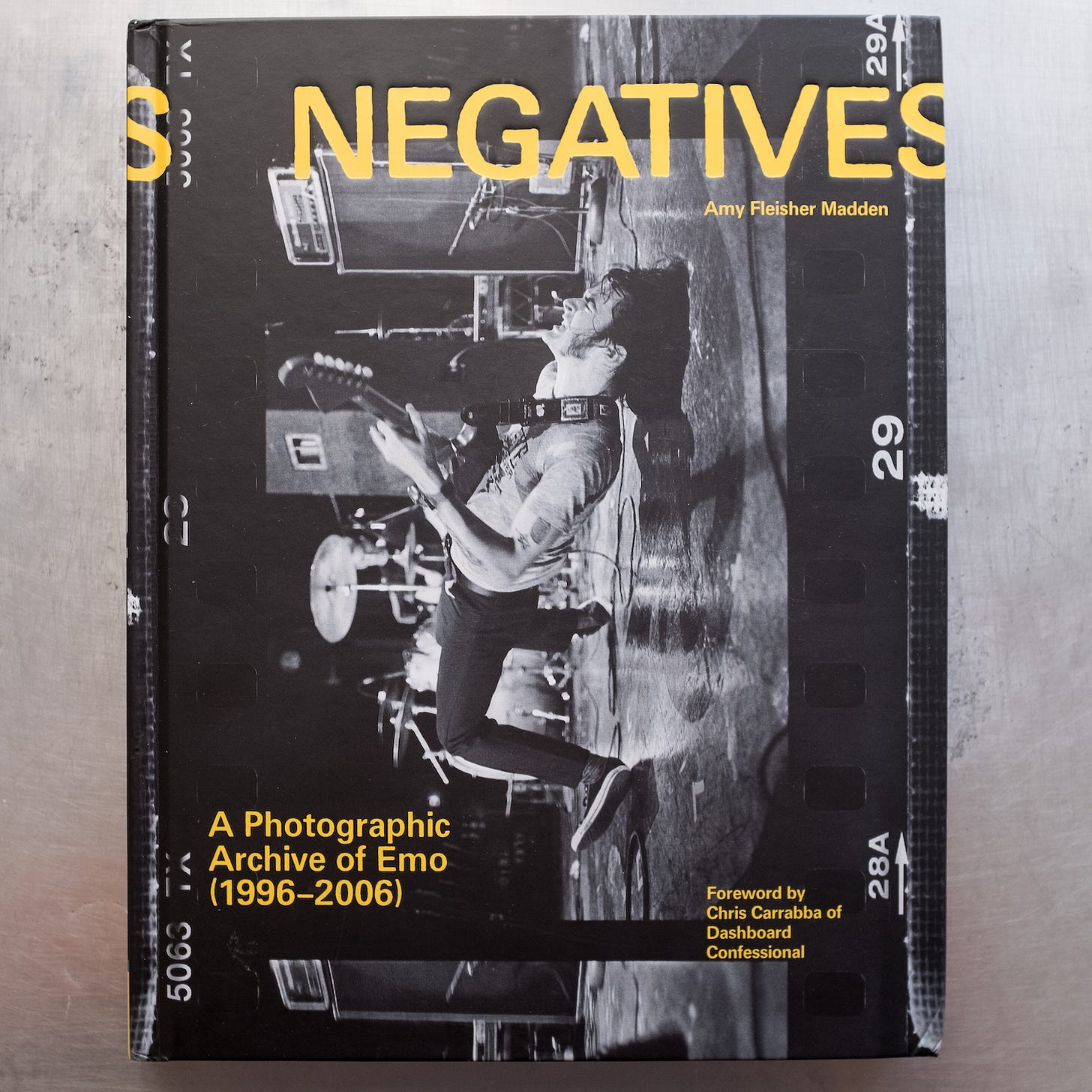
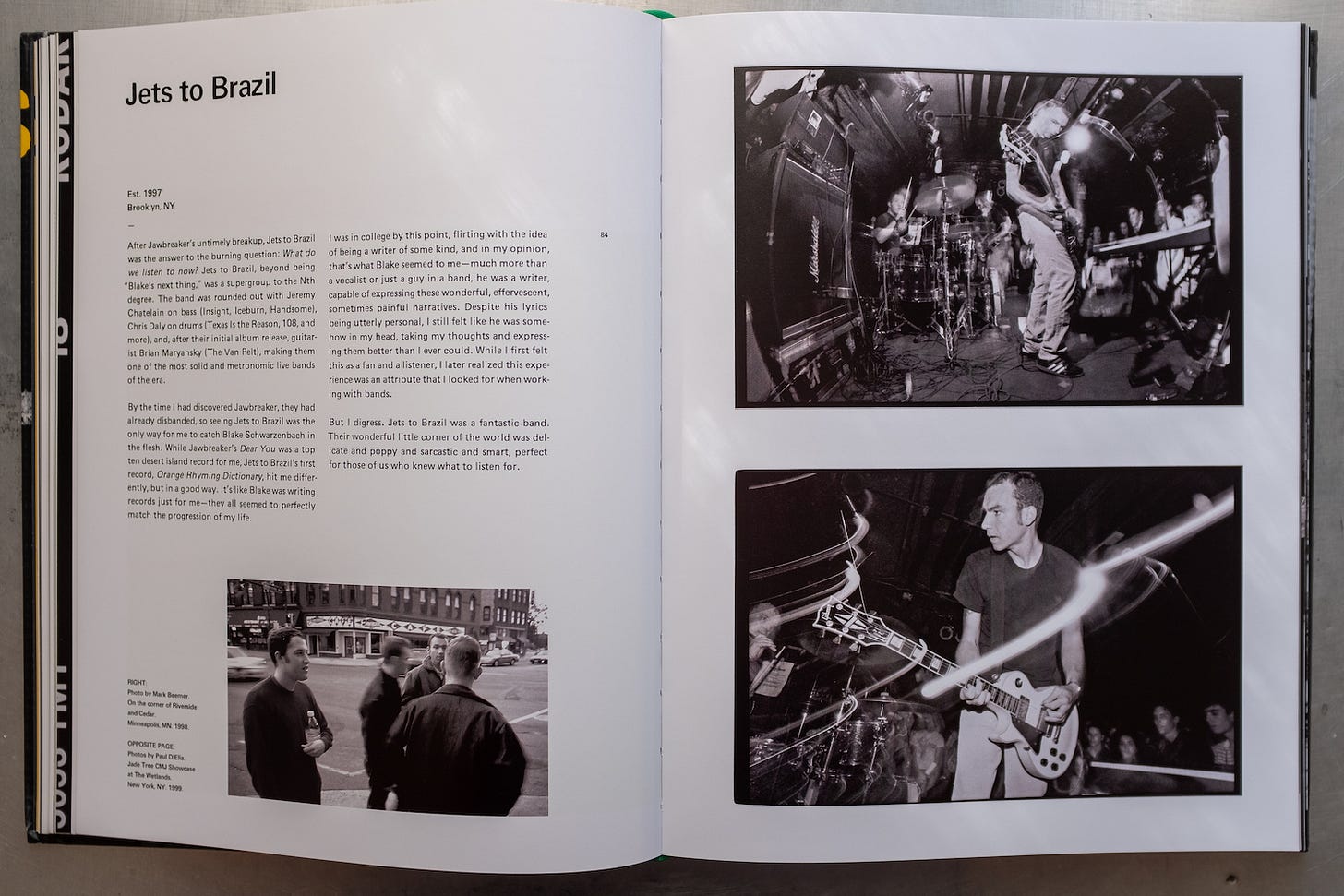



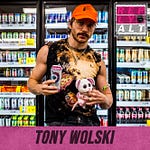
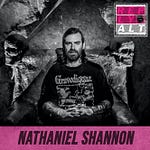
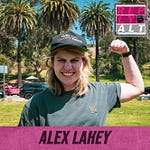
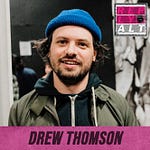
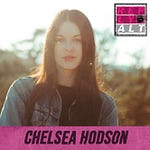

Share this post